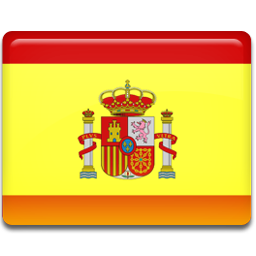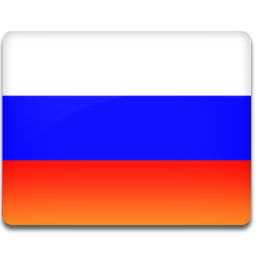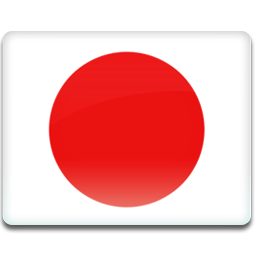κ-Carrageenan CAS 11114-20-8
κ-Carrageenan CAS 11114-20-8
Based on the properties of carrageenan, it is commonly used as a thickener, gelling agent, suspending agent, emulsifier, and stabilizer in the food industry.
Carrageenan has a unique ability to complex with proteins in milk, thus forming a thixotropic shaking structure in dairy beverages, which prevents sedimentation caused by particle aggregation. When used as a stabilizer in cocoa milk made with cocoa powder, carrageenan enables the cocoa powder to disperse evenly in the milk, preventing it from forming sediment. However, if fruit juice beverages are left for a longer period of time, the tiny fruit pulp particles contained within will sink, affecting the appearance.
Carrageenan, as a suspending agent and stabilizer, can evenly suspend tiny fruit pulp particles in fruit juice, significantly slowing down their sinking speed. Additionally, due to its low viscosity, carrageenan is less likely to cause a sticky mouthfeel and can enhance the taste during consumption. When used as a stabilizer in solid beverages, carrageenan improves their solubility and ensures the beverage remains stable and doesn't easily separate after being dissolved.
Carrageenan can be used as a clarifier in alcoholic beverages and also as a foam stabilizer. Due to its ability to interact with proteins, it is an effective wort clarifier, making the product clear and transparent, which is beneficial for yeast growth, filtration, reducing filtration loss, improving wort yield, enhancing the biological stability of beer, and extending the shelf life of beer.
Carrageenan is used in ham and sausage products for its gelation, emulsification, water retention, and elasticity enhancement functions, primarily providing appropriate water retention. Even when used to manufacture products with high yield rates, it exhibits good water retention. Additionally, due to its ability to complex with proteins, it provides a considerable organizational structure, imparting the product with characteristics such as fineness, good slicing, and good taste. It is an essential additive for making sausage products.
Carrageenan, due to its unique gel properties, has become the preferred gelling agent for jellies. Fruit jellies made from carrageenan are elastic and do not release water. It can replace commonly used agar, gelatin, and pectin. Jelly made from agar lacks elasticity and is more expensive; the disadvantage of using gelatin for fruit jellies is that its solidification and melting points are low, requiring low-temperature refrigeration for preparation and storage; the disadvantage of using pectin is that it can only solidify when high concentrations of sugar and appropriate pH are required.
Based on the properties of carrageenan, it is commonly used as a thickener, gelling agent, suspending agent, emulsifier, and stabilizer in the food industry.
Carrageenan has a unique ability to complex with proteins in milk, thus forming a thixotropic shaking structure in dairy beverages, which prevents sedimentation caused by particle aggregation. When used as a stabilizer in cocoa milk made with cocoa powder, carrageenan enables the cocoa powder to disperse evenly in the milk, preventing it from forming sediment. However, if fruit juice beverages are left for a longer period of time, the tiny fruit pulp particles contained within will sink, affecting the appearance.
Carrageenan, as a suspending agent and stabilizer, can evenly suspend tiny fruit pulp particles in fruit juice, significantly slowing down their sinking speed. Additionally, due to its low viscosity, carrageenan is less likely to cause a sticky mouthfeel and can enhance the taste during consumption. When used as a stabilizer in solid beverages, carrageenan improves their solubility and ensures the beverage remains stable and doesn't easily separate after being dissolved.
Carrageenan can be used as a clarifier in alcoholic beverages and also as a foam stabilizer. Due to its ability to interact with proteins, it is an effective wort clarifier, making the product clear and transparent, which is beneficial for yeast growth, filtration, reducing filtration loss, improving wort yield, enhancing the biological stability of beer, and extending the shelf life of beer.
Carrageenan is used in ham and sausage products for its gelation, emulsification, water retention, and elasticity enhancement functions, primarily providing appropriate water retention. Even when used to manufacture products with high yield rates, it exhibits good water retention. Additionally, due to its ability to complex with proteins, it provides a considerable organizational structure, imparting the product with characteristics such as fineness, good slicing, and good taste. It is an essential additive for making sausage products.
Carrageenan, due to its unique gel properties, has become the preferred gelling agent for jellies. Fruit jellies made from carrageenan are elastic and do not release water. It can replace commonly used agar, gelatin, and pectin. Jelly made from agar lacks elasticity and is more expensive; the disadvantage of using gelatin for fruit jellies is that its solidification and melting points are low, requiring low-temperature refrigeration for preparation and storage; the disadvantage of using pectin is that it can only solidify when high concentrations of sugar and appropriate pH are required.


















